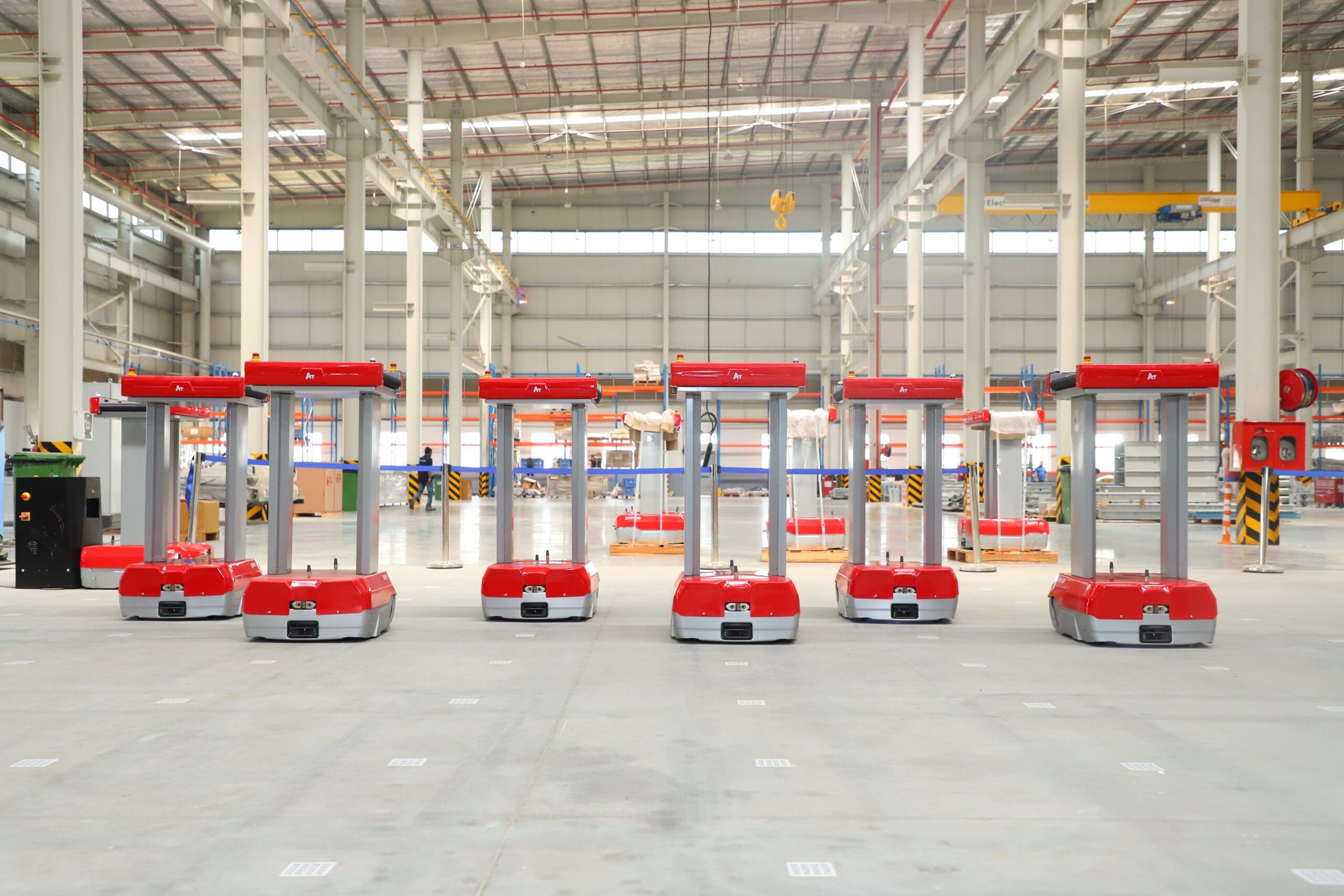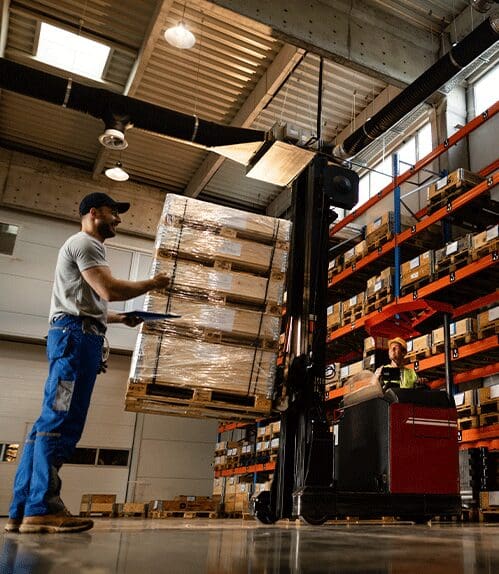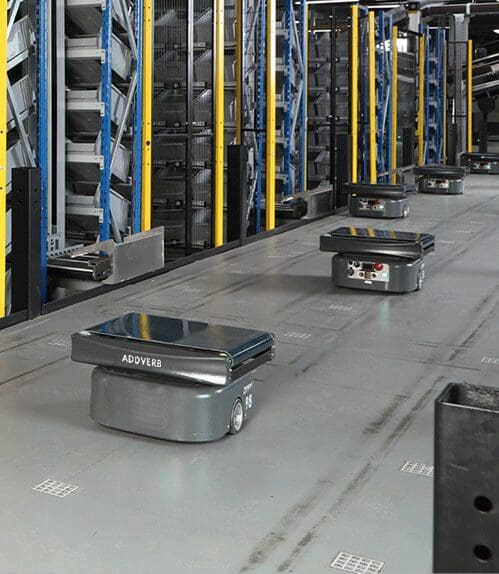Have you ever imagined a warehouse in the form of a video game, consisting of an army of speed cars rushing their way off on the raging roads? You probably haven’t, but automation has turned this imagination into reality.
In recent years, Sorting Robots have emerged as one of the finest sortation solutions in the automation and distribution space. Industries with short delivery cycles and high volumes should follow this new trend to optimise operational efficiency. The system has gained widespread acceptance in the logistics industry, transforming it from a labor-intensive sector into a realm of batch intelligence.
Market size was valued at USD 40.81 Million in 2023 and is projected to reach USD 98.32 Million by 2030, growing at a CAGR of 11.8% from 2024 to 2030.
What is a Sorting Robot?
Robotic Sorter or Sorting Robot are advanced machines designed to automate identifying and categorizing items based on specific criteria such as size, shape, color, or barcode information. They are widely used in warehouses and distribution centers to streamline operations, improve accuracy, and increase efficiency.
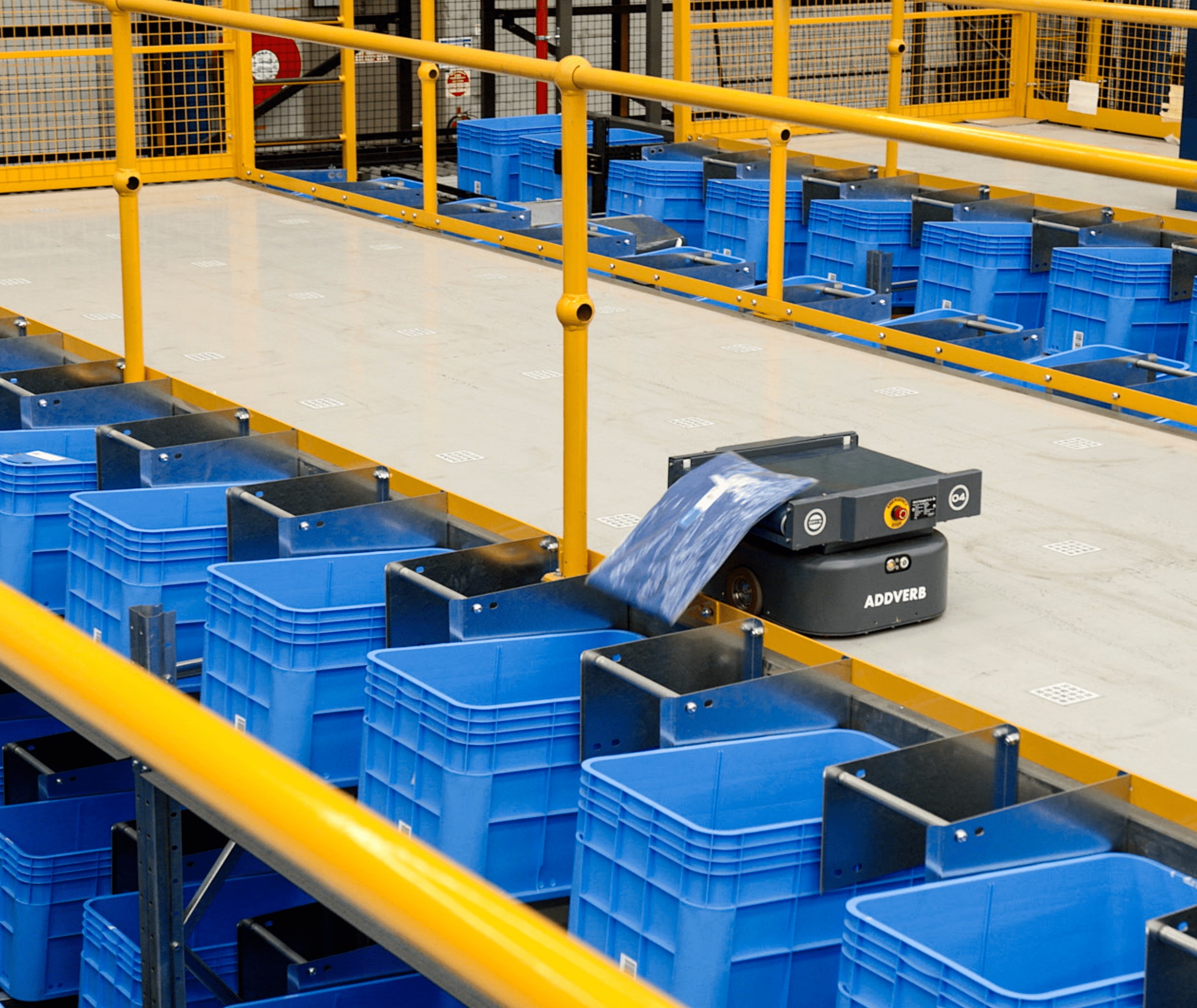
How Does Sorting Robot Work?
A fleet of fast-moving robots that employ collision avoidance technology to perform route-wise sorting operations by reading barcodes in their operating area. The process is entirely automated, ensuring safety, efficiency, and accuracy.
- Operators place parcels on the automated sorting robot, which carries the parcels through a portal frame, reads the order information, automatically weighs the parcel, and displays all the necessary information on the operator interface system.
- The fleet management system coordinates and controls this fleet of robots, assigning them the most optimized delivery paths based on the algorithm used.
- These robots use auto-detection of obstacles to avoid collisions during the sorting operation. When the sorting robot reaches its destination, it stops and pushes the parcel onto a sorting bin (chute). The parcel falls into the sorting bin, concluding the sorting operation. The number of sorting bins can vary based on the volume of operations.
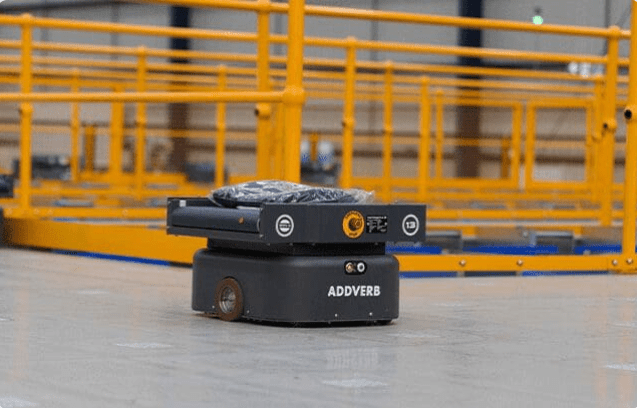
Benefits of Sorting Robots
- Increase the number of cycles per hour in the inventory function, eliminating errors and boosting productivity.
- The absence of an operator inside the storage lanes allows for rapid sorting operations, saving a significant amount of time. Hypothetically, the total number of calculations this automated system completes in ten minutes is equivalent to the daily take-off and landing operations at an international airport.
- The system is fully automatic, reducing manual dependency and errors by 80% compared to traditional sorting work.
- With reduced human dependency, this automated sortation solution ensures the safety of operations.
- The system is highly flexible, allowing for easy handling of increased or decreased operational volumes by adjusting the number of robots in an existing setup.
- Installation time is significantly reduced compared to a conventional sortation system.


